Where did all the 1990s BMW 3-series go? Once a staple of every street, motorway and company car park, suddenly they are thin on the ground. Many have simply succumbed to the crusher, while the combination of rear-wheel drive and powerful six-cylinder engines have condemned plenty to a life as cheap drift and track cars. Those that do survive in decent shape remain overshadowed by their predecessor, the E30 3-series, that is loved for its looks and compact size. However, the E36 is emerging from the shadows and makes for a canny modern classic BMW.
Launched to much acclaim in late 1990, the E36 arrived as a four-door saloon with a two-door coupé model following in 1992. That was the same year BMW upset M3 purists with its six-cylinder M3, but we’ll focus on the others in the range in this buyer’s guide. 1993 saw the convertible join the range, and the following year the Touring estate and a new 3-series model in the shape of the three-door hatchback Compact.

The design of the range was led by Pinky Lai, who later went on to style the Porsche 996-generation of 911, and his colleague Boyke Boyer. The crisp, neatly detailed shape of the E36 set the style and tone for all 3-series generations to come, right up to the present day. Under the skin there was a new rear suspension design that used a multi-link set-up and had been trialled on the Z1 sports car, dubbed the Z-axle.
Unlike the rest of the E36 line-up, the Compact used the same rear suspension design as the earlier E30 for packaging reasons in place of the Z-axle. While this meant the Compact didn’t quite have the handling finesse of its siblings, it was cheaper and brought a whole new tranche of buyers into BMW showrooms. Even before that, though, the E36 was the best-selling car in BMW’s catalogue and remained so throughout its life.
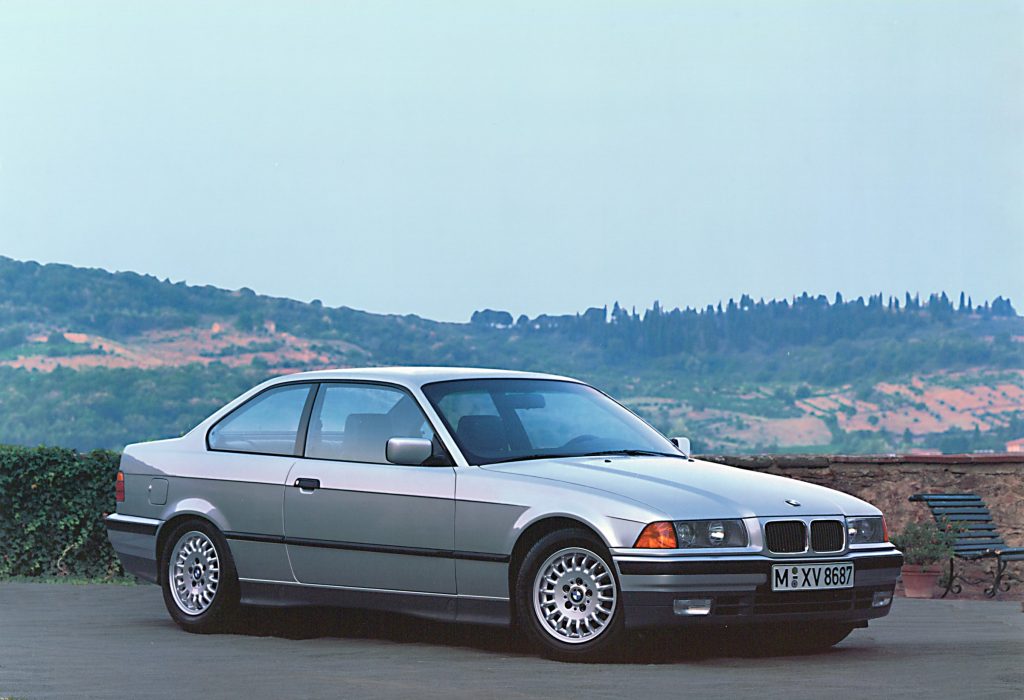
At launch, BMW offered buyers a choice of 1.6- and 1.8-litre four-cylinder petrol engines, and six-cyclinder motors in 2.0- and 2.5-litre capacities. There was also a 2.5-litre turbodiesel from 1991, which was uprated with an intercooler in 1993 to become the 325tds model with 143bhp instead of the plain 325td’s 115bhp. In 1992, BMW introduced its 16-valve M42 and M44 1.8- and 1.9-litre four-cylinder engines, with the latter providing surprising pep in the 318is coupé.
BMW’s VANOS variable valve timing was fitted to the existing 2.0- and 2.5-litre straight-six petrol motors in 1992, but they were then superseded in 1994 by the new M52 unit offered in 2.0-, 2.5-, and 2.8-litre sizes in the 320i, 323i, and 328i. All were available with five-speed manual or four-speed automatic gearboxes, but no E36 was ever made with four-wheel drive – unlike the E30 or E46 either side of it. There was also a four-cylinder 1.7-litre turbodiesel for the 318tds model, but very few were ever sold in the UK.
Today, the coupé and convertible are around in reasonable numbers, while saloons, Touring estates and the Compact are the rarer finds in good original shape. Whichever you pick, a solid E36 remains an entertainingly agile and fun car that is more than capable of daily use, which makes it an ideal modern classic for those on a modest budget.
What’s an E36 3-series like to drive?
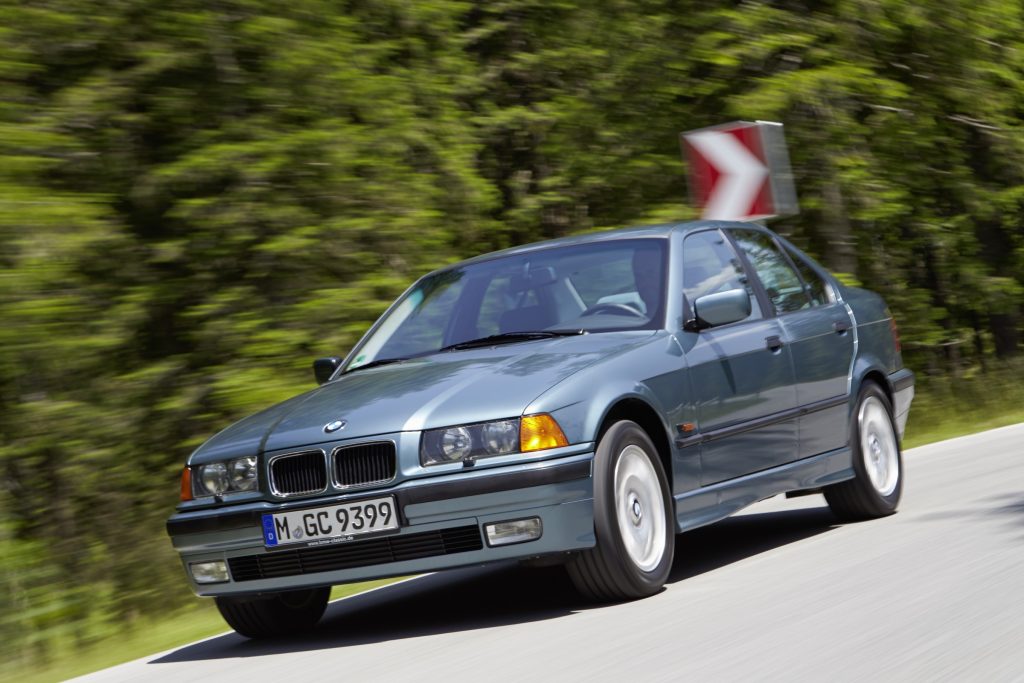
It might upset owners of other 3-series generations, but there’s a very good chance the E36 is the best of the lot to drive. Leaving aside the nonstop debate about the best M3, we’ll focus on the mainstream models and this is where the E36 is arguably the generation to have. More refined than the E21 or E30, as it should be given its development, and a bit lighter on its wheels than the following E46 and E90 models, the E36 still had plenty of power and put the driver right at the heart of its design.
The Z-axle rear suspension helps enormously here, as does near perfect 50-50 front and rear weight distribution in almost every body style. Only the Compact feels a little ragged as you approach the further limits of its tyres and suspension design. Even so, the steering offers superb feel and communication in all models, helping you to tinker with the car’s balance even in the less powerful variants.
With the rest of the E36 range, the rear end is stable in corners, supple over the bumps, and works in harmony with the MacPherson front suspension to give an overall neutral feel in most conditions. There are small differences to note, such as the slightly firmer ride of the coupés and those cars with M Technic suspension. You’ll also find the six-cylinder cars nudge into understeer slightly earlier than the four-cylinder models that have less weight over the front wheels.
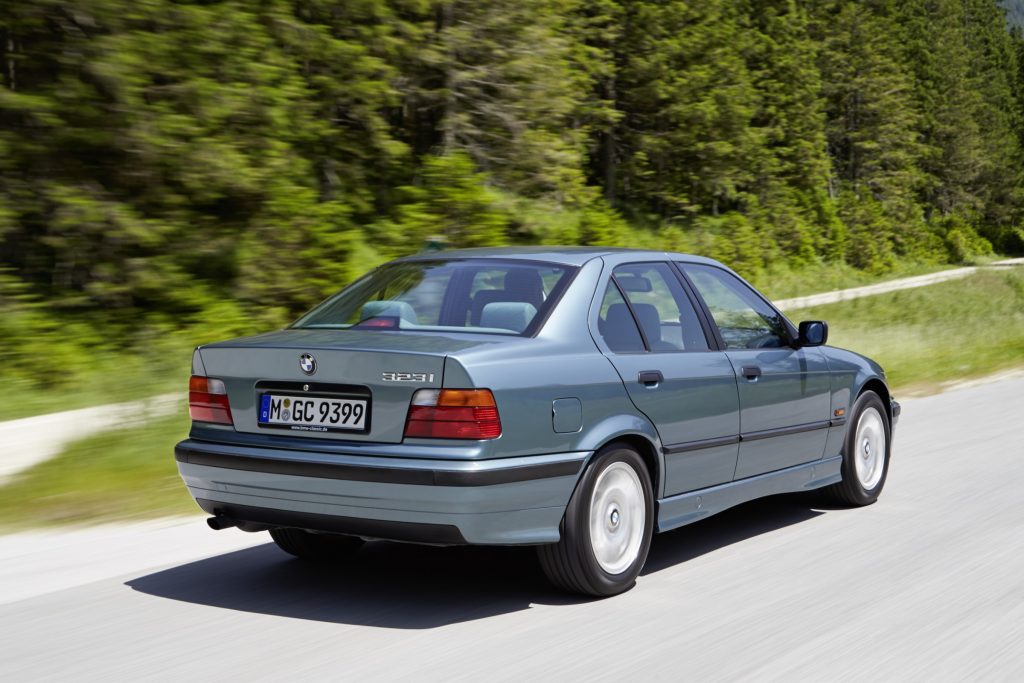
For many, however, the six-cylinder engines will always be the ones to have. The 320i’s 150bhp 2.0-litre is happy to rev, but it doesn’t offer a great deal more grunt than the 318is with its 140bhp. A significant difference can be felt in the 325i and later 328i, which come with 192- and 193bhp respectively. They do their best work above 3500rpm, though they will also happily cruise in town. Get them on to a back road where you can let the engine have its head and they go superbly. These motors also sound great and are backed up by a slick manual gearbox. If you go for the four-speed auto, performance is blunted quite a bit. The sweet spot in the six-cylinder range goes to the later 170bhp 2.5-litre motor in the 323i. It revs so freely thanks to its VANOS variable valve timing, it’s a joy to use, and rarely feels any slower than the 328i.
Against the clock, a 328i saloon with manual gearbox will knock off 0-62mph in 6.9 seconds and hit 149mph. The 323i offers 141mph and 0-62mph in 8.0 seconds, while a 318is coupé acquits itself well with 0-62mph in 9.9 seconds and 132mph. The 318is with its 16-valve 1.9-litre motor and 140bhp is the best of the four-cylinder bunch by some margin, while the less potent 1.6- and 1.8-litre units feel more mundane. The 318tds is slow-going, whereas the 325tds delivers brisk pace and later versions had 207lb ft of torque at 2200rpm.
Refinement in the 325tds is good for a car of this period and it will happily cruise all day at the motorway limit while not intruding much on chat in the cabin. You can also expect around 40mpg in mixed driving, while economy in the petrol models is more likely to be around 30mpg. Choose a convertible model and you are trading some high-speed hush for the pleasure of open-top motoring, but it’s still perfectly possible to use a drop-top as everyday transport. In every E36, comfort is good and there’s reasonable room in the front for driver and passenger, though the slightly offset driving position can be a bugbear. In the back, kids are well looked after, but knee room is a little cramped for adults, despite the wheelbase of the E36 being 130mm longer than the previous E30’s.
How much does an E36 3-series cost?
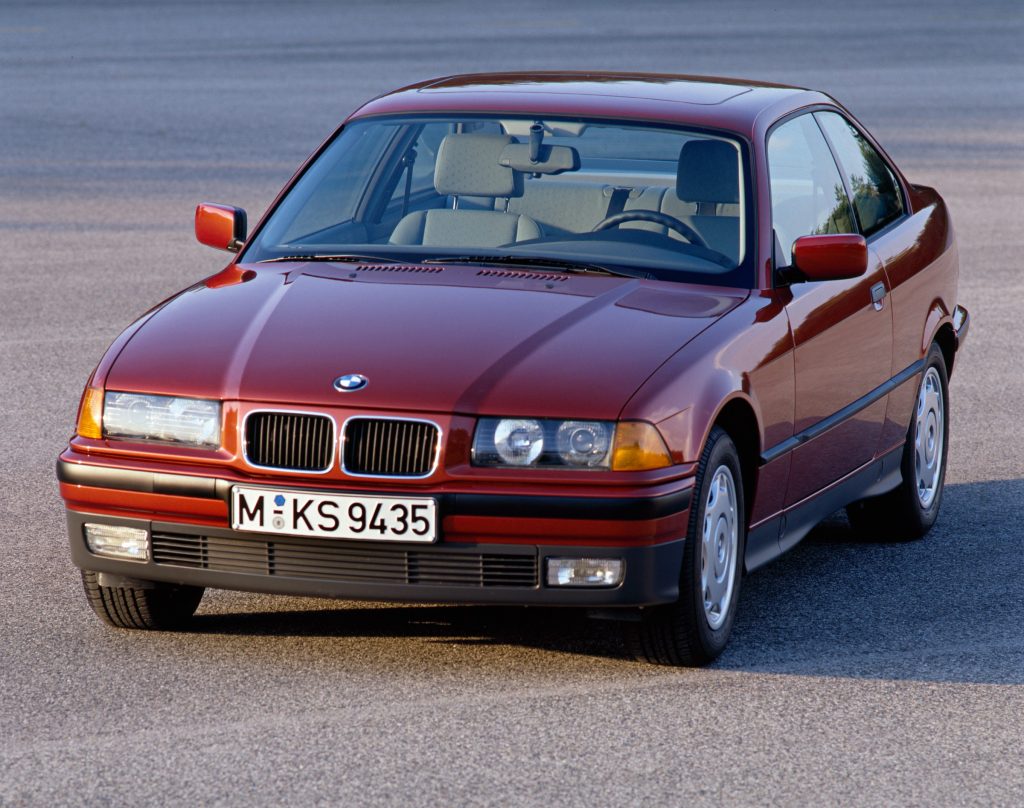
It’s a mark of how the E36 in non-M3 guise is still finding its place in the classic sphere that prices are still all over the place. Look hard and you can still find very clean examples for £2000, while some sellers are trying their luck with very ambitious numbers for decidedly average cars. Generally, six-cylinder cars are more sought after, but don’t feel you must have a 325i or 328i to enjoy the best of E36 driving as the 323i and 318is are both very enjoyable to steer. Body style will also have a bearing on value, with coupé and convertible models the most desired, and the Touring estate has a strong following.
Starting with the E36 saloon, a decent 318i will come in around the £2000 mark, with particularly good cars topping out at £7000 for a 328i with manual gearbox. You’ll pay the same for the Touring, while coupés achieve a bit more, the best topping out at £10,000 for the last of the line Sport version in immaculate shape. Convertibles are around in decent numbers and the six-cylinder cars start at £4000 for sound examples. Double that and you can drive away in a superb low mileage drop-top.
Switch to the four-cylinder engines and a 318i convertible could be yours from £1500 in running condition. Twice that amount will get a decent car and £5000 is top whack for a very clean one. It’s the same story for the other body styles, with the exception of the 318is coupé that is in demand. As a consequence, prices for this model start at £3000 for a decent car and head up to £7000 for the best.
The 3-series Compact has been unloved for a long time, but it has its fans who will pay £1500 for a tired but running car. Twice that amount gets you into a smart 316i, while good 318ti models are now around £4000.
What goes wrong and what should you look for?
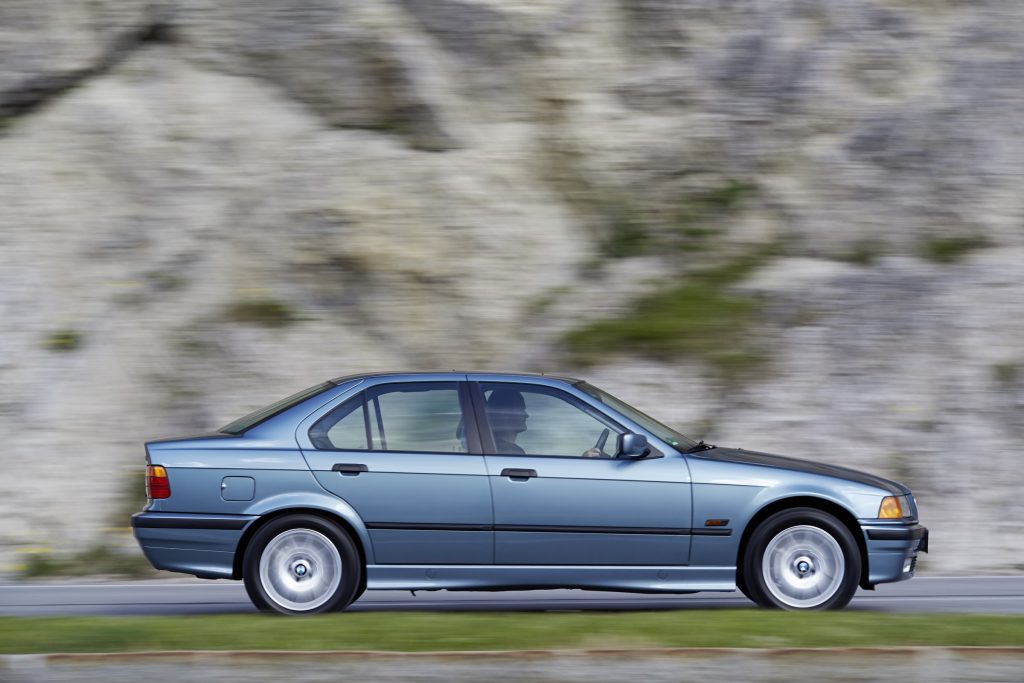
First port of call with any potential E36 3-series has to be a thorough vehicle history check. Crash damage is more common with this car than many of its contemporaries as so many have fallen into the hands of have-a-go heroes on track days and for drifting.
The E36 rots around the front and rear wheelarches, windscreen, sills, boot lid, and the jacking points. You also need to have look in the boot for any signs of damp and lift the rubber boot seal to check for rot in the seam where the inner and outer panels join. If this has gone rotten, it’s an expensive repair, so you might be better looking at another car.
Staying at the back of the car, check the rear subframe mounts are solid and bank on changing them every 40,000 miles or four years. The top mounts can also wear and a common upgrade is to replace them with later E46 mounts and Z3 reinforced plates. The aluminium suspension arms are delicate, so make sure they haven’t been bent out of shape – for example, when used to tie down the car on a trailer. At the front, worn lower control arms will cause a wobble at motorway speeds, but they are simple to replace.
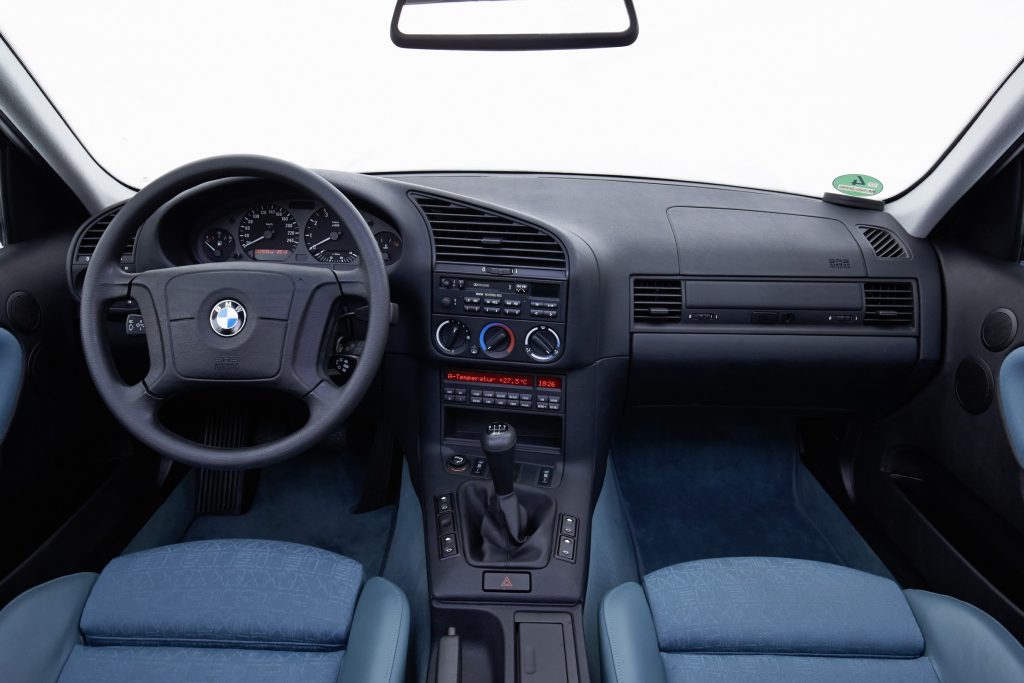
With such a range of engines fitted to the E36 3-series, there can be a lot to take in, but most are robust. The earlier four-cylinder engines in the 316i and 318i have a timing belt, so make sure it’s been changed in the recent past. These engines also suffer from worn tappets and camshafts. The later M42 four-pot motors are better and only the water pump is likely to give any trouble, best to replace it as soon as you buy the car. With the 16-valve units, check for any oil in the coolant.
Moving on to the six-cylinder engines, the earlier M50 unit is very well regarded for its reliability. Routine servicing will see them last almost indefinitely, but it’s a good idea to swap the water pump for a new one as soon as you buy the car as it’s the only real weak link. Coil packs can fail with age and cause lumpy running, but that’s not specific to this engine. The later M52 engine used Nikasil bores in an alloy block, which resulted in many being replaced under warranty, the liners wearing due to the high sulphur content in fuel at the time. Most will have been sorted by now and very late production E36s came with a steel-lined engine block to solve this issue. For the diesel engines, neglect is their greatest enemy as they will keep running with little more than basic, regular maintenance. The same applies to the gearboxes, which all tend to keep running.
Sit inside the E36 and it should feel well put together by the standard of early 1990s cars. Early models had some trouble with door trims coming loose and poorly fitted gloveboxes, but this was all dealt with quickly by BMW. The rest is all common used car stuff, looking for wear and making sure all of the electrics work. With the convertible, the hood is manually released to start with and then folds electrically, so make sure it does this smoothly. The plastic rear hood screen goes cloudy with age but can be restored or replaced, and make sure it folds in the middle as the hood drops under the rear cover. If the hood doesn’t work properly, it’s probably a sensor that has given up the ghost.
Which is the right E36 3-series for you?
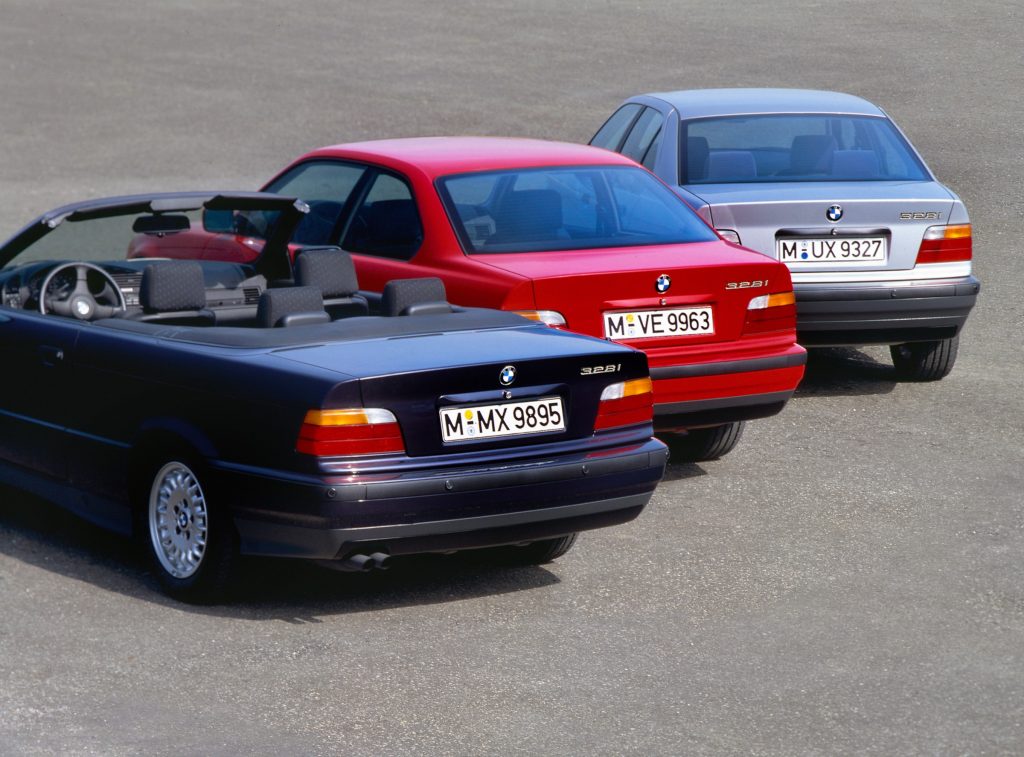
While the most basic E36 3-series saloon, Touring or Compact has a poverty spec appeal that would make it ideal for the Festival of the Unexceptional, you’re better off with a higher power and spec model. For the saloon and Touring, a 318i is decent, but a 325i or 328i is a lot more fun. For the Compact, the best of the bunch is the 318ti with the 140bhp 16-valve four-cylinder engine shared with the 318is coupé. It’s an intriguing alternative to a contemporary hot hatch, although a Volkswagen Golf GTI 16-valve will show it a clean pair of heels.
The 318is coupé is a brilliantly balanced car to drive and lets you use all of the engine’s power. It’s also a handsome, practical two-door car that still feels modern to drive. It’s the one we’d look for as regular transport, but the more powerful six-cylinder cars offer greater entertainment and performance if you want a weekend machine.
For those who want the open air experience, the E36 convertible is a stylish four-seater alternative to a Mercedes E-Class or Saab 900. Where we’d have the most powerful engine in the coupé, the less potent 323i or 318i versions are ideal for this cruiser.
Check out the Hagerty Media homepage for daily news, features, interviews and buying guides, or better still, bookmark it.
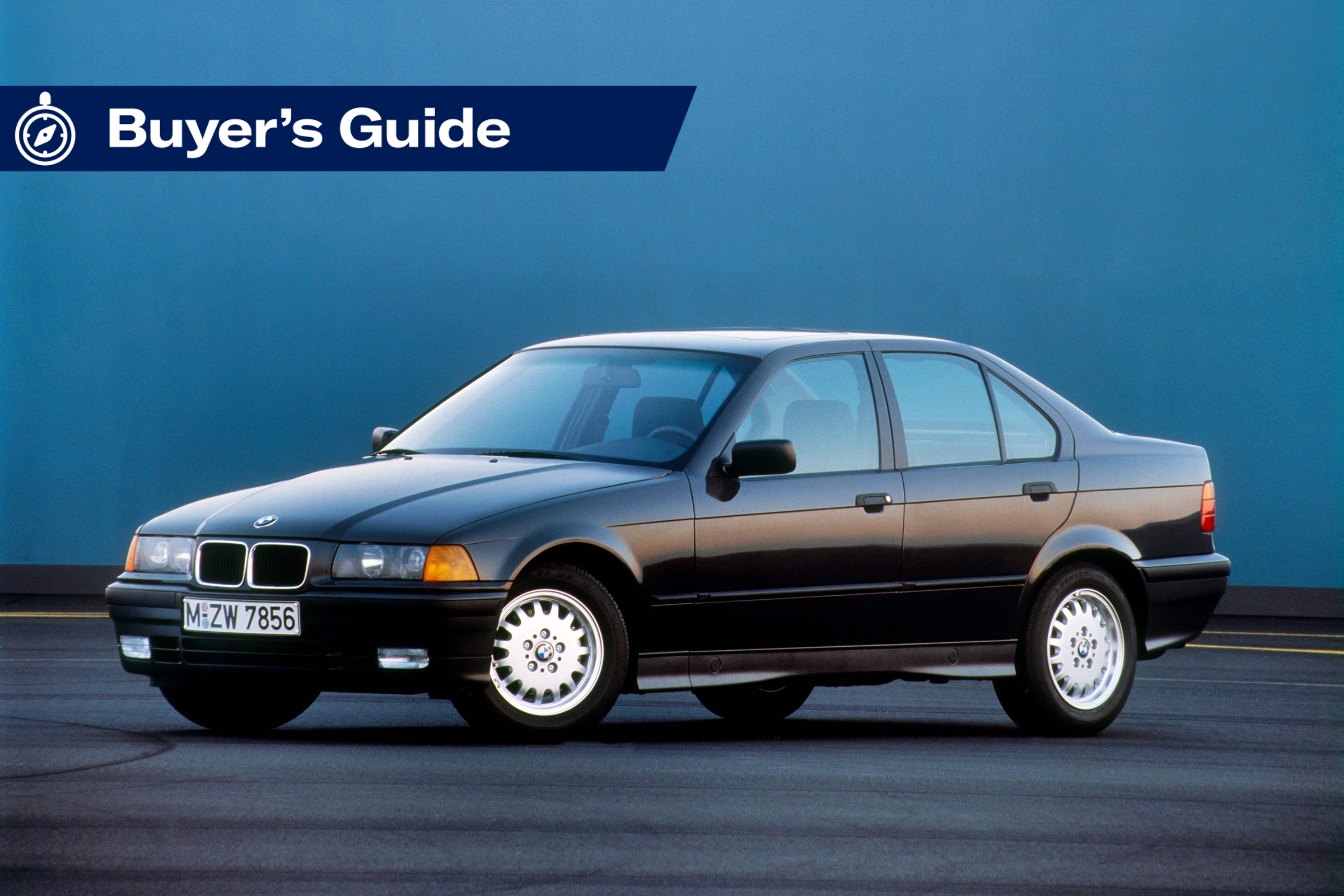
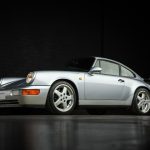
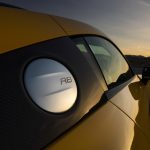
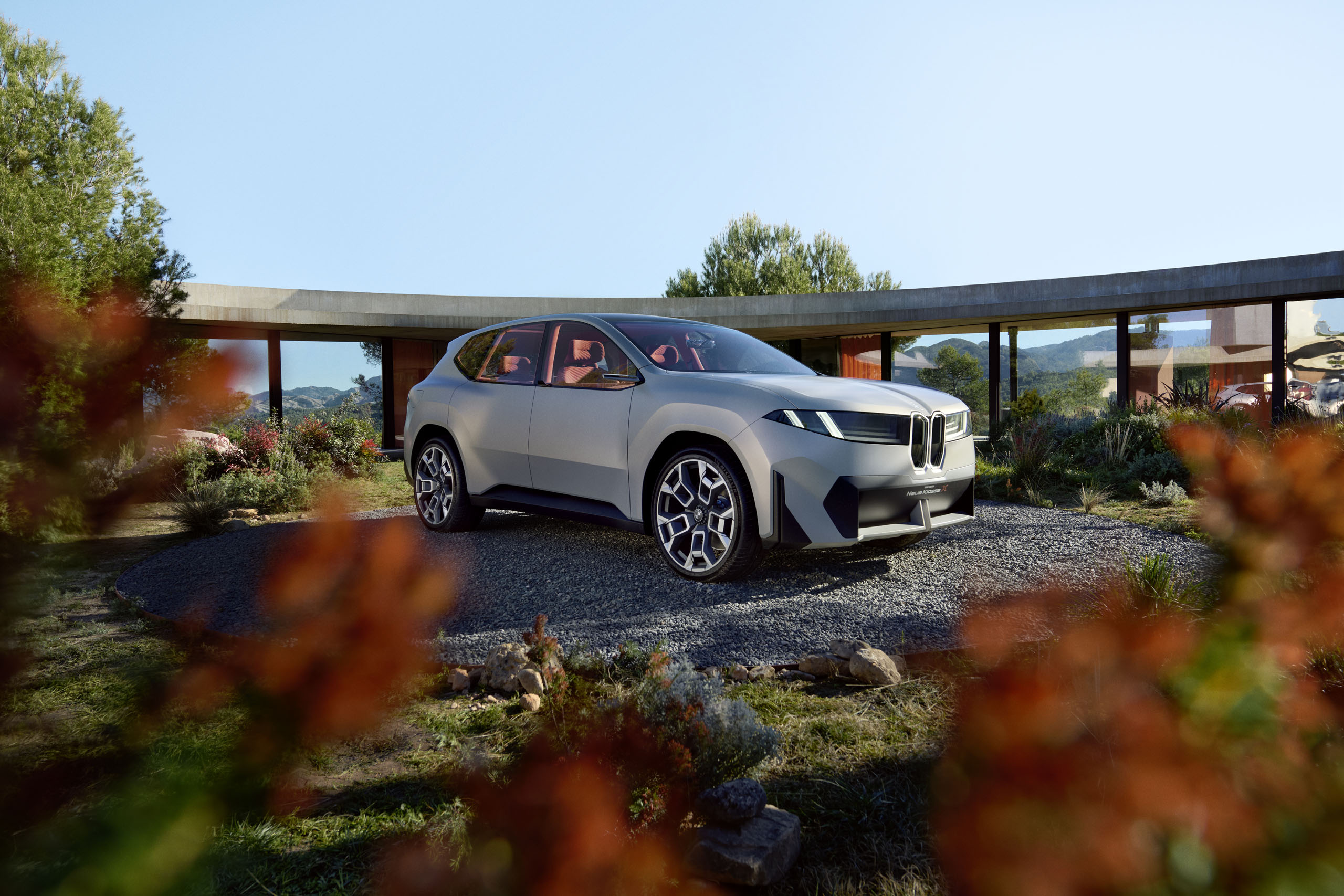

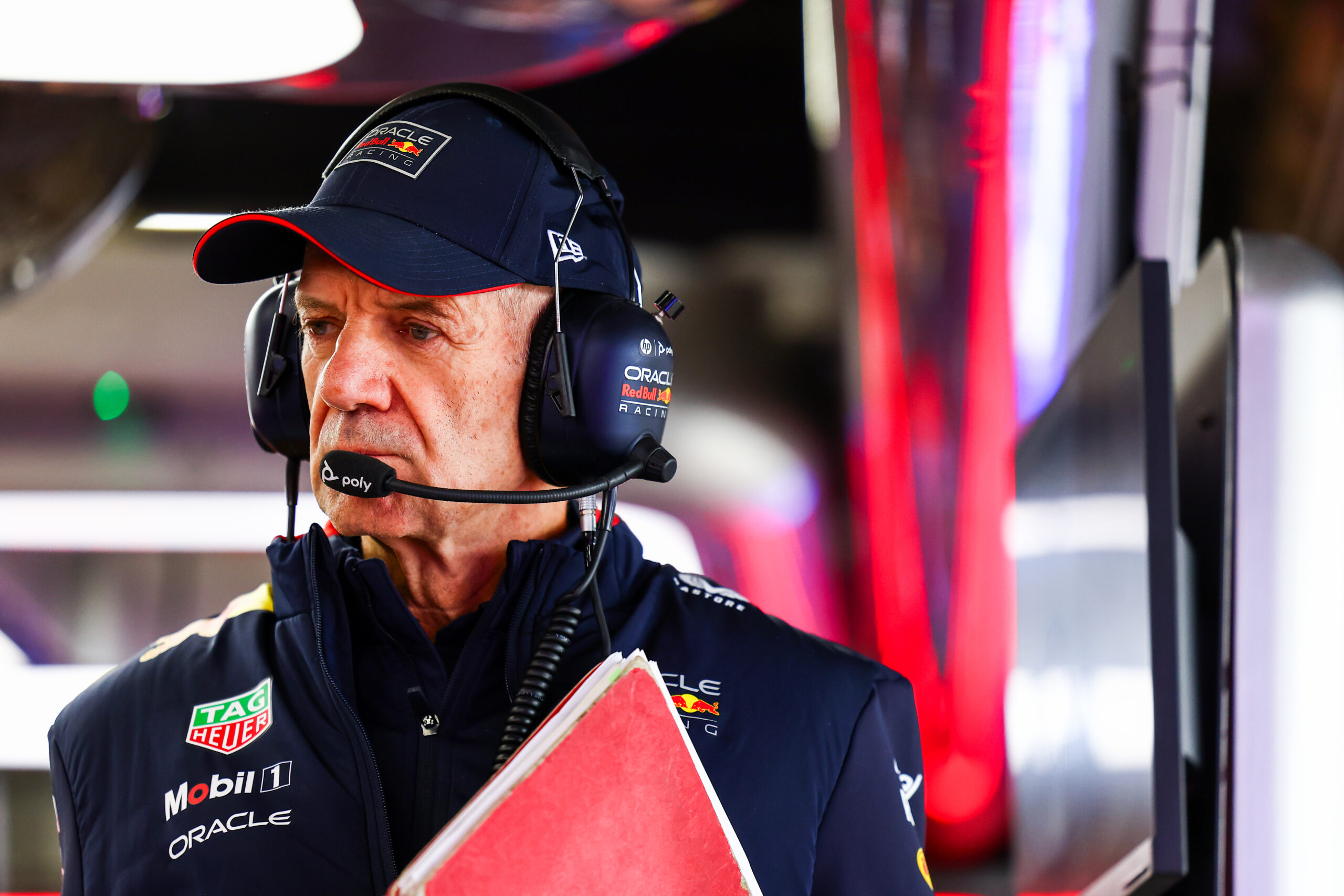

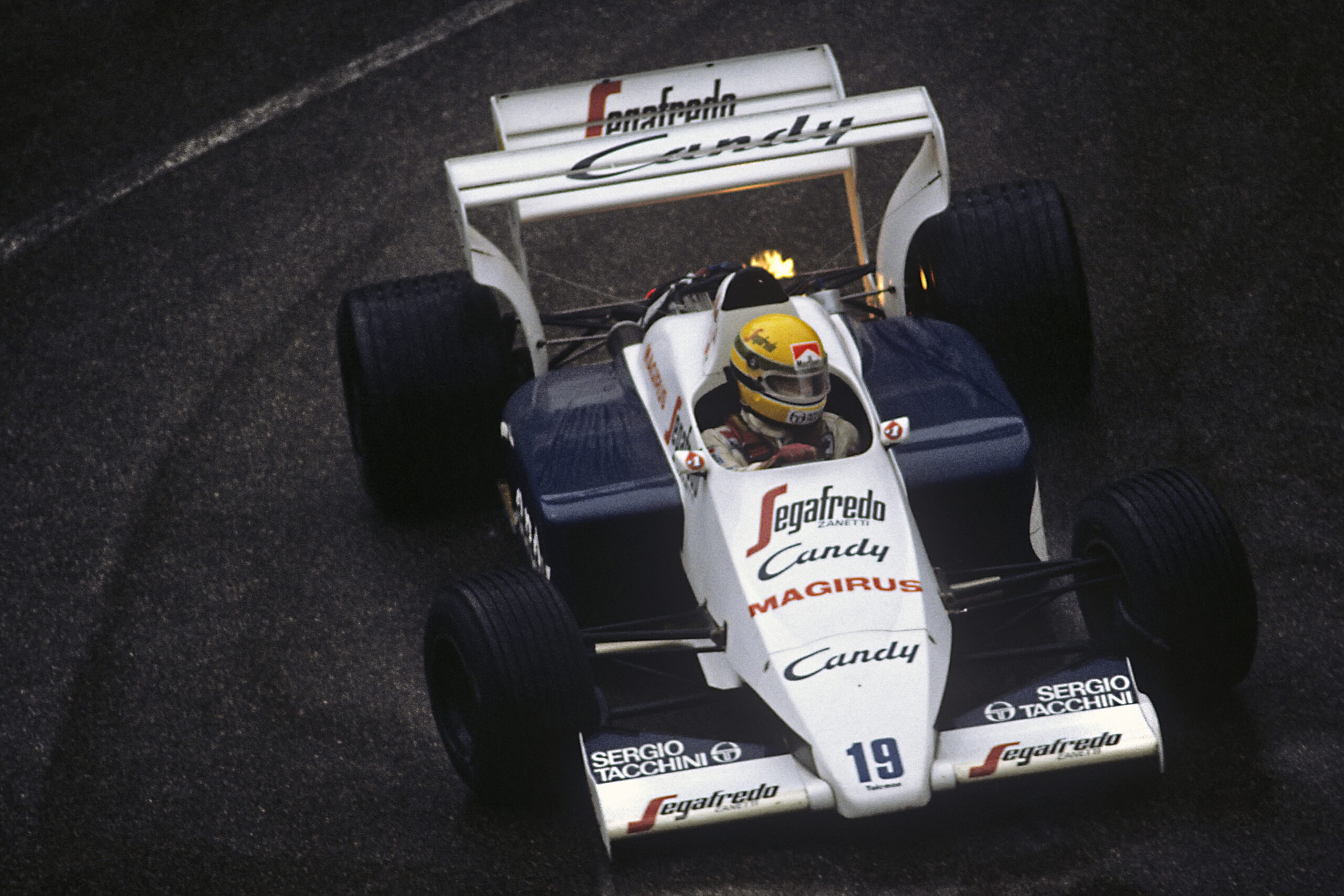

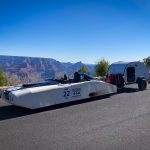
I bought an E36 325 new, M reg. It was the worst car I have ever owned, badly built and tragically unreliable with frequent breakdowns. I sold it at a massive loss after 18 months, in which time it had been at the dealers for a total of almost 3 months, and went back to Alfas as they have proved every bit as good to drive and very reliable. I’ve never risked buying a BMW since!